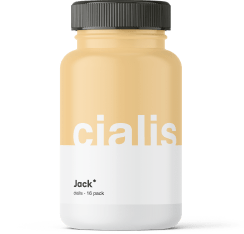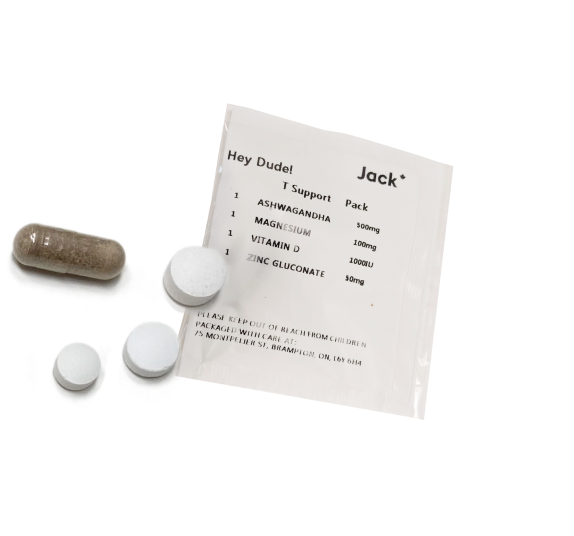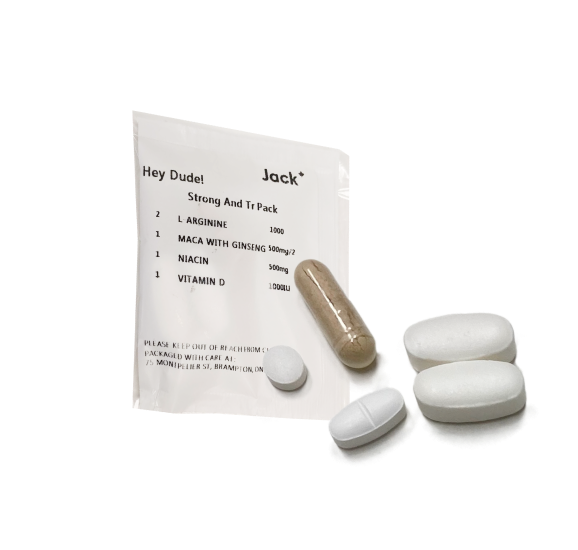Deciding to embark on Testosterone Replacement Therapy (TRT) is a significant health decision for many men grappling with low testosterone levels. This treatment, while effective in ameliorating symptoms like diminished sex drive, fatigue, and loss of muscle mass, raises an important question: Can one ever safely cease TRT?
TRT optimizes Testosterone levels to relieve low T symptoms. You can stop TRT if you want to, but your low T symptoms will likely return.
What is Testosterone Replacement Therapy?
Testosterone Replacement Therapy (TRT) is a medical treatment designed to boost testosterone levels in men experiencing symptoms of low T (Testosterone). This therapy aims to improve health, sex drive, muscle mass, and overall quality of life.
Understanding how testosterone levels change as you age can provide valuable context for your TRT journey. Check out our testosterone levels by age chart for a visual representation of these changes.
How Does Testosterone Replacement Therapy Work?
Testosterone Replacement Therapy (TRT) operates by supplementing the body’s natural testosterone levels when they fall below a healthy range, a condition often linked to age, medical conditions, or specific health challenges. This therapy aims to restore testosterone to normal levels, thereby alleviating symptoms associated with low T, such as reduced sex drive, energy, and muscle mass.
TRT can be administered through various forms, including injections, patches, gels, and oral medications, each designed to balance hormone levels effectively. Under medical supervision, TRT helps men achieve an improved quality of life by enhancing physical, mental, and emotional well-being, demonstrating its role as a vital treatment option in men’s health.
Choosing the right form of testosterone for your therapy is crucial. Learn more about testosterone propionate, a popular option, by exploring our in-depth article.
Once You Start Testosterone Therapy, Can You Stop?
Patients ought to always feel empowered to make decisions regarding their health care. However, choosing to discontinue your TRT protocol means you will also forego the benefits of having optimized testosterone levels.
Testosterone Replacement Therapy is a continuous treatment designed to increase the amount of testosterone in your body. If you stop TRT, it’s probable that the symptoms of low testosterone will re-emerge.
These symptoms often encompass reduced sex drive, erectile dysfunction, fatigue, mood swings, depression, anxiety, and deteriorating body composition, among others.
Furthermore, your body’s natural testosterone production may have decreased due to the introduction of exogenous testosterone (testosterone from an external source).
For a smooth transition, it’s advisable to reactivate your HPTA axis with the advice and supervision of a well-informed healthcare provider. Failing to do so might intensify the symptoms of low testosterone, as your body adjusts to the absence of its primary testosterone source.
Why Start TRT?
To grasp the reasons for potentially discontinuing Testosterone Replacement Therapy (TRT), it’s essential first to understand the motivations behind starting it.
TRT is a treatment prescribed for men diagnosed with low testosterone production, or low T, alongside symptoms associated with this condition.
This condition, known medically as hypogonadism, arises when your body fails to produce sufficient testosterone. Such a deficiency manifests through various symptoms like fatigue, poor memory, loss of muscle mass, and a diminished sex drive.
Testosterone levels naturally begin to decline as you age, dropping approximately 1 percent annually after the age of 35. However, several external lifestyle factors can further decrease testosterone levels, such as excess stress, poor diet, lack of exercise, and inadequate sleep hygiene.
Although these factors might be challenging to address, they are not immutable. By altering your lifestyle, you can mitigate the negative impacts of low testosterone and potentially see a natural increase in levels.
However, if improvements to your diet, sleep, and exercise routines fail to elevate your testosterone levels, your doctor may recommend TRT as the next viable treatment option.
How Long Can You Take Testosterone Replacement Therapy?
TRT is a life-long treatment. If you stop taking it, your testosterone levels will drop. Some men with low-T decide not to be treated. They may find other ways to increase their energy level, or they may decide to live with the changes in their sexual desire and body.
One of the most common questions we get from men in our clinic is, “How long will I need to take Testosterone for?”
It’s an understandable concern, especially when you discuss adding a new medication. Our answer to this is simple: you can stay on testosterone therapy for as long as you feel it is benefiting you.
How Long into TRT Can You Start Seeing Results?
The answer to this question varies significantly due to the unique biological makeup of each individual, meaning the timeframe to experience the positive effects of Testosterone Replacement Therapy (TRT) can differ greatly from one person to another.
For some, particularly those who require only a slight increase in testosterone, improvements in symptoms of low T can be noticed within just a few days.
Clinicians indicate that, on average, most patients should observe a noticeable enhancement in their condition within two to four weeks after starting a TRT regimen.
This period allows the body to adapt to the additional testosterone being introduced and achieve a new balance. It’s important to remember that individual responses to testosterone treatment vary, so if you haven’t seen the expected outcomes after four weeks, it doesn’t necessarily mean TRT isn’t effective for you.
Discussing your experiences with your doctor is crucial. They can collaborate with you to adjust your testosterone levels suitably, aiming for the desired results. Often, a minor tweak in your dosage is all that’s required to make a significant difference.
Stopping Testosterone Therapy: All You Need to Consider
Should you decide to stop testosterone replacement therapy, it can be tough to imagine how ending the treatment will make you feel. Every man who ends his treatment will experience unique side effects, especially when it is done the wrong way.
Reasons for Discontinuing Therapy
Testosterone Replacement Therapy (TRT) comes with several side effects that might lead you to reconsider continuing the treatment. Being informed about these side effects is crucial in deciding if TRT aligns with your health goals.
Additionally, various factors could prompt you to contemplate stopping TRT, such as the cost of the medication, fertility concerns, or an improvement in your condition that makes you consider discussing with your doctor the possibility of reducing or halting the dosage. Some of the common reasons can be:
- Skin issues
- Weight gain
- Prostate complications
- Fertility considerations
Gradual vs. Abrupt Cessation
To help ensure a safe transition off TRT, we will provide guidance on gradually decreasing dosage over time and using medication to stimulate natural hormone production. Gradually weaning off is safer, reducing withdrawal symptoms.
Potential Testosterone Withdrawal Symptoms
Some men are hit pretty hard when they try to stop taking testosterone, especially if their starting numbers are low.
Depending on your current dosage, the side effects of stopping “cold turkey” can be pretty harsh, especially if your starting Testosterone levels were extremely low.
Gradually reducing your testosterone intake over several weeks may be the safest way to end treatment without as many negative drawbacks.
Slowly “weaning” yourself off of treatment will minimize the shock felt by your body through the process. Talk to a Testosterone treatment professional at Gameday Men’s Health to find the best way to end your treatment.
Some common symptoms to watch out for are:
- Testosterone cravings
- Anxiety
- Depression
- Headaches
- Muscle loss
- Decreased libido
- Slower cognition
- Weight fluctuations
While TRT offers numerous benefits, it’s important to be aware of the potential side effects that may accompany long-term treatment. For a comprehensive overview, read our detailed guide on the side effects of TRT.
How Long Do Withdrawal Symptoms Last?
The length of testosterone withdrawal symptoms can vary widely, influenced by factors like your age, physiology, and the amount of testosterone you were prescribed during long-term use.
For many men, symptoms of testosterone withdrawal might last just a week or two after ceasing Testosterone Replacement Therapy (TRT).
Yet, for others who have been on higher doses of testosterone for more extended periods, withdrawal could persist for months until their bodies adapt to the absence of treatment.
Consulting your physician is strongly recommended if you’re thinking about stopping TRT. They can assist in gradually reducing your reliance on testosterone injections by modifying your treatment plan and offering advice to ease your body’s transition off testosterone therapy.
How To Stop Testosterone Therapy Safely
The optimal strategy for discontinuing TRT while minimizing testosterone withdrawal symptoms involves a gradual reduction of your testosterone medication. Your doctor will adjust your dosage to lower levels, enabling your body to gently wean off testosterone.
This approach gives your body the necessary time to adapt, encouraging it to depend on its natural testosterone production, thereby alleviating the intensity of withdrawal symptoms.
During the tapering process, your doctor might also suggest natural methods to boost your testosterone levels, such as zinc supplements, regular exercise, and tailored diets. These measures aim to prevent a significant drop in testosterone levels as you conclude your testosterone replacement therapy.
Incorporate Natural Testosterone Enhancers
To mitigate testosterone withdrawal symptoms, enhancing your body’s natural testosterone production is key. This could mean integrating zinc supplements, other supportive therapies, pharmacotherapy, consuming more healthy fats, reducing stress levels, and engaging in regular exercise.
These steps help lessen the impact of ceasing treatment by supplying your body with the tools it needs to sustain testosterone levels naturally.
Gradual Reduction Under Medical Guidance
While these natural interventions can buffer against withdrawal symptoms, the most effective approach remains a carefully managed tapering process under the guidance of your healthcare professional. By methodically reducing your testosterone intake, your body is afforded the opportunity to gradually recalibrate and kickstart its testosterone production.
This method decreases the likelihood of withdrawal cravings and lessens the intensity of withdrawal symptoms. Consequently, you’re less inclined to revert to testosterone supplementation out of sheer dependency.
It’s crucial, especially when navigating TRT or any hormone therapy, to maintain open lines of communication with your healthcare team and adhere to the treatment plan they recommend.
Monitoring Hormone Levels Post-TRT Discontinuation
Ensuring a balanced testosterone-to-estradiol ratio is crucial upon halting TRT, as imbalances might lead to complications. Regular hormone level checks and consulting with a healthcare professional upon noticing any irregularities are vital steps.
Significance of Balancing Testosterone and Estradiol
A harmonious balance between testosterone and estradiol is essential for optimal health, preventing issues like weight gain, erectile dysfunction, mood fluctuations, and gynecomastia. It’s important to monitor these hormones’ levels closely after ceasing TRT to avoid unwanted effects.
Strategies for Hormone Monitoring
- Blood Tests: These are crucial for accurately gauging hormone levels, with healthcare providers often recommending them periodically after ending TRT until hormonal equilibrium is achieved.
- Symptom Observation: Tracking changes in mood, energy, libido, and other indicators of hormonal imbalance can inform discussions on treatment adjustments or increased monitoring frequency.
- Lifestyle Changes: Embracing a healthy lifestyle through regular exercise, a nutrient-rich diet (including zinc and vitamin D), and stress management can support balanced hormone levels post-TRT.
It’s imperative to keep a close eye on estrogen levels after stopping TRT to maintain hormone balance and safeguard health.
Finding a Suitable Healthcare Provider
Choosing the right healthcare provider is critical, whether considering beginning or ending TRT. Opt for professionals experienced in hormone therapy, capable of providing personalized advice. Key considerations include:
- Experience with low testosterone patients
- Up-to-date knowledge on TRT advancements
- A holistic approach incorporating lifestyle advice with medication management
- Open communication for addressing concerns throughout the treatment journey
Understanding TRT Costs
The expense associated with Testosterone Replacement Therapy (TRT) can fluctuate due to several variables such as where you live, your insurance coverage, the specific TRT medication you’re prescribed, its dosage, and how often you take it.
Prices for TRT can span from around $20 to up to $1,000 monthly. Facing costs towards the upper end of this range might significantly influence your decision on whether to persist with the therapy.
Key Takeaways
- Deciding to Cease TRT: Stopping Testosterone Replacement Therapy is a nuanced decision that intertwines with an individual’s health, lifestyle, and personal goals. It’s essential to weigh the considerations, understand the risks, and plan the transition under medical supervision to ensure well-being.
- Understanding TRT: TRT is designed to elevate low testosterone levels, improving symptoms like decreased sex drive, fatigue, and loss of muscle mass. The therapy, which can be administered in various forms, aims to restore hormone levels to a healthy range, enhancing quality of life under medical guidance.
- Effects of Discontinuation: Discontinuing TRT may lead to the return of low testosterone symptoms due to the body’s decreased natural testosterone production. A smooth transition may involve reactivating the HPTA axis with professional guidance to mitigate withdrawal symptoms.
- Cost Considerations: The cost of TRT can vary widely based on location, insurance, medication type, dosage, and frequency. High costs may necessitate reevaluating the continuation of therapy, underscoring the importance of financial planning in managing testosterone replacement.
Frequently Asked Questions
How Long Does It Take for Injectable Testosterone to Leave Your System?
Injectable testosterone, such as testosterone cypionate, will usually take about 7 to 8 days to leave the body.
How Long Does It Take to Come Off Testosterone?
That can depend on various factors, such as your age, genetics, the dosage level of the testosterone medication, and the duration of treatment. That can range from a few weeks to several months after you start weaning yourself off treatment.
Does Testosterone Return After Stopping Testosterone Replacement Therapy?
After discontinuing testosterone replacement therapy, it’s possible for testosterone levels to normalize, although the recovery period differs from person to person, influenced by age and general health. Utilizing medications or following a gradual tapering strategy under the guidance of a healthcare professional can enhance the body’s natural hormone production after ending testosterone therapy.









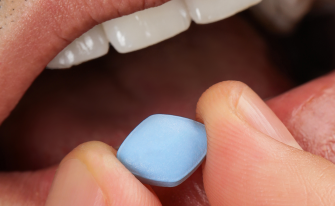



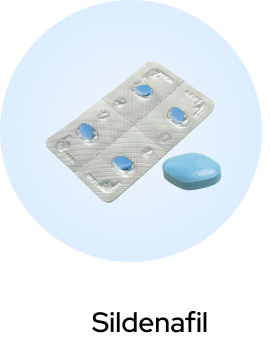
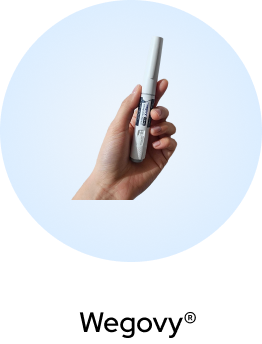
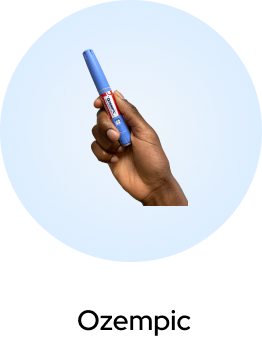


 (US)
(US)